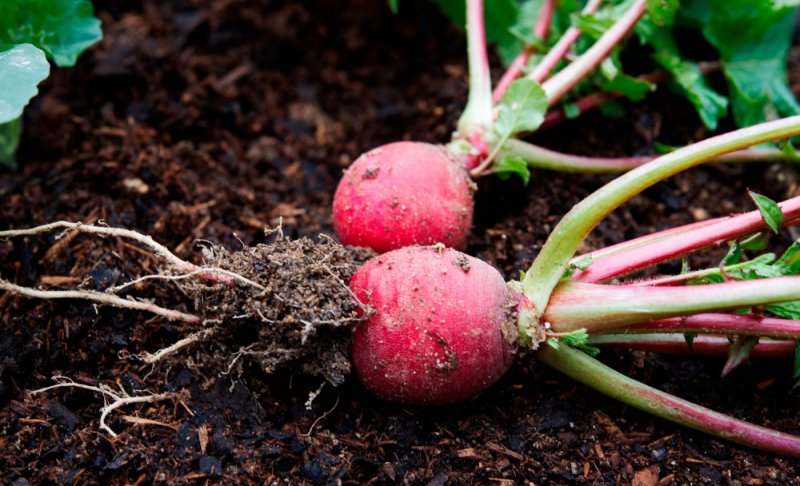

Researchers have now shown that some of the smallest plastic particles can move into edible vegetable tissues.Earth.com reported.
Using radishes as their model, the team demonstrated that nanoplastics can enter roots and travel into the fleshy edible parts.
These plastic particles measure as little as one millionth of a centimeter, making them nearly invisible but not harmless.
This work reveals a potential pathway for humans and animals to consume nanoplastics, beyond seafood and water sources.
The findings also call attention to an emerging food safety concern that could impact agriculture worldwide. If nanoplastics can enter vegetables during growth, then the issue extends far beyond marine ecosystems.
The team at the University of Plymouth designed an experiment using a hydroponic system.
Radishes were exposed to a solution of polystyrene nanoparticles tagged with radiolabeled carbon. After five days, the researchers measured how many particles were absorbed.
The experts discovered that nearly 5% of the original particles entered the plant. Millions of nanoplastics accumulated in the roots, with about a quarter moving into the edible tissues.
Even the leaves showed traces, holding around 10% of the absorbed particles. This provides direct evidence that nanoplastics are not confined to root surfaces but move throughout plant systems.
“Plants have a layer within their roots called the Casparian strip, which should act as a form of filter against particles, many of which can be harmful,” noted Dr. Nathaniel Clark, the study’s lead author.
“This is the first time a study has demonstrated nanoplastic particles could get beyond that barrier, with the potential for them to accumulate within plants and be passed on to anything that consumes them.”
According to Dr. Clark, there is no reason to believe this is unique to this vegetable, with the clear possibility that nanoplastics are being absorbed into various types of produce being grown all over the world.
This experiment builds on earlier work by the same team. They previously found that plastic nanoparticles can rapidly accumulate in fish and shellfish, adding to evidence that such particles move through the food chain.